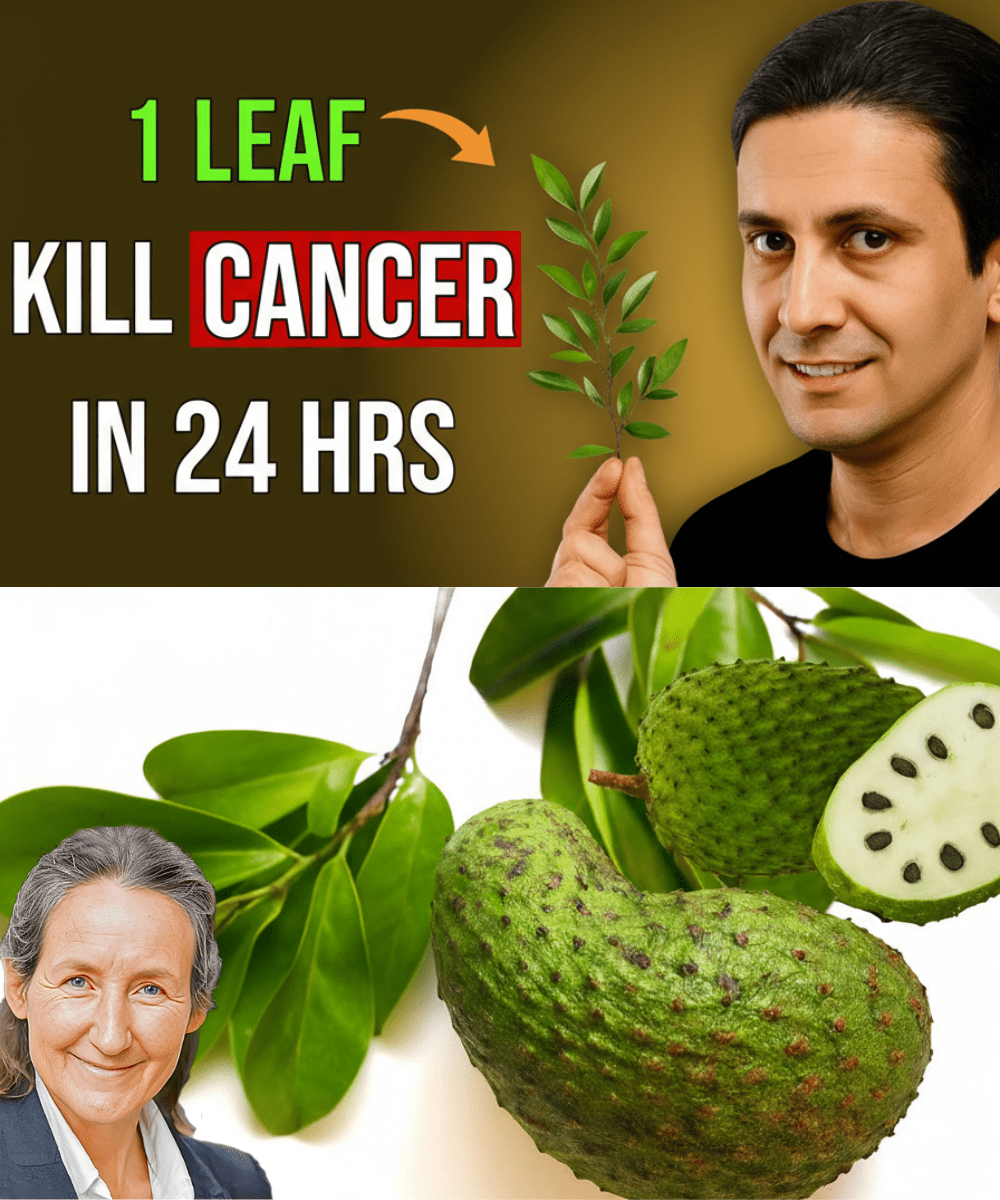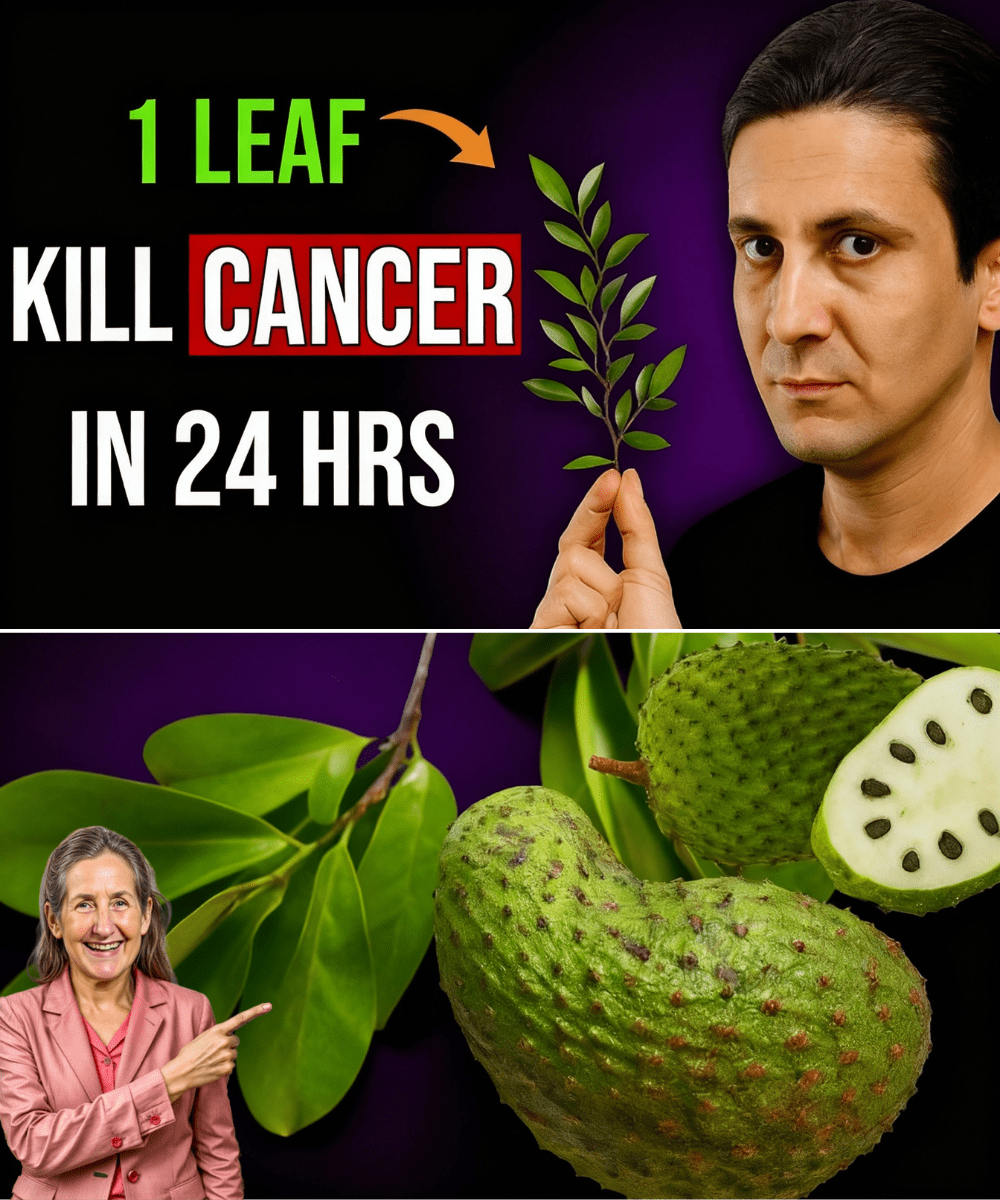Imagine a single, glossy green leaf—harvested from an exotic, spiky fruit tree—holding the viral promise of eradicating cancer cells in just 24 hours. This bold, breathtaking claim, often amplified across social media, has propelled the Soursop tree (Annona muricata) from tropical staple to a global icon of alternative healing. Its potent allure is undeniable, blending deep traditional use with the desperate hope for a natural cure.

But as compelling as the imagery may be—the vibrant fruit, the mysterious leaf—you must approach this claim with critical caution. The truth about Soursop is a complex paradox: while it contains scientifically potent compounds that show promise in a lab, it also harbors severe risks, including neurotoxins, that demand respect.
This is your essential guide to separating hope from harm. We will dive into the science of the leaf’s powerful compounds, address the extreme claims, and outline the non-negotiable safety protocols required to explore this ancient remedy responsibly.
🌿 THE ANCIENT ARSENAL: Decoding Soursop’s Hidden Power
Soursop, a tropical evergreen native to the Americas and the Caribbean, has been utilized by indigenous healers for centuries. While the fruit is a delicious source of Vitamin C and B vitamins, the true medicinal power is concentrated in the leaves, bark, and seeds.
The Key Bioactive Compounds: Annonaceous Acetogenins
The plant’s extraordinary reputation stems from a class of natural compounds found primarily in the leaves and seeds: Annonaceous Acetogenins.
- Targeted Action (Lab Studies): Preliminary in vitro (test tube) and animal studies have demonstrated that acetogenins may have cytotoxic (cell-killing) effects. The mechanism is theorized to involve disrupting the energy (ATP) production within the mitochondria of abnormal or cancerous cells.
- Broad Spectrum: Research has investigated the activity of these compounds against various human cancer cell lines, including those linked to breast, prostate, colon, and lung cancers.
The Traditional Uses:
Beyond cancer research, Soursop leaves, often consumed as a tea, are traditionally used for:
- Soothing Pain: Alleviating pain, rheumatism, and muscle inflammation.
- Digestive Relief: Treating fever, dysentery, and digestive spasms.
- Relaxation: Promoting calm and supporting restful sleep.

🚨 THE REALITY CHECK: Separating Fact from Dangerous Fiction
The claim of “one leaf killing cancer in 24 hours” is scientifically unfounded, dangerous, and dangerously misleading. Here is the essential truth:
1. The “24-Hour Cure” is Not Real
- Lack of Clinical Evidence: There is a complete lack of large-scale, peer-reviewed human clinical trials demonstrating that Soursop extracts or tea can cure cancer or replace chemotherapy. The evidence is confined to controlled lab environments (test tubes, animal models).
- Dosage Uncertainty: Even if effective, the concentrated dose of a specific acetogenin delivered in a laboratory setting cannot be replicated by brewing a simple leaf tea. Relying on this folk claim can lead patients to abandon proven medical treatment, with fatal consequences.
2. The Hidden Peril: Neurotoxins and Permanent Damage
The potency of the acetogenins is also the source of the plant’s most serious risk, especially in the seeds and fruit.
- Annonacin: The seeds and fruit pulp contain annonacin, a potent neurotoxin.
- The Risk: Chronic, heavy consumption of Soursop fruit or improperly prepared leaves has been linked to a specific type of atypical Parkinson’s disease (tauopathy) and other severe neurological disorders in regions where the fruit is heavily consumed. This is irreversible nerve damage.
🧠 THE SAFE PROTOCOL: Embracing Soursop with Care
If you are intrigued by Soursop’s traditional uses and wish to integrate it into your wellness routine for its general antioxidant and anti-inflammatory benefits, you must adhere to a strict protocol of caution and moderation.
1. 🍵 The Leaf Tea Protocol (Focus on Moderation):
- Dosage: Steep 1 to 2 fresh or dried leaves (well-sourced and clean) in hot water for 10–15 minutes.
- Frequency: Start with small amounts (e.g., a few sips) to gauge your tolerance. Limit to one cup per day, or use only for short, periodic cycles.
- Storage: Always ensure leaves are sourced from suppliers who guarantee pesticide-free growth.
2. 🥗 Fruit Consumption (Avoid the Toxin Source):
- Avoid Seeds and Bark: NEVER consume Soursop seeds or bark, as these contain the highest concentration of the neurotoxin annonacin.
- Limit Ripe Fruit: Given the link between chronic, heavy consumption of the fruit pulp (which contains annonacin) and neurological risk, limit daily fruit intake. Enjoy the fruit as an occasional treat, not a daily staple.
3. 🛑 Immediate Medical Consultation:
- Medication Interaction: Soursop may interfere with medications, particularly those for blood pressure, diabetes, and heart disease. It can also amplify the effects of some antidepressants. Consult your physician before starting Soursop.
👑 FINAL THOUGHTS: Choose Hope, Not Hype
The Soursop leaf is a genuine natural marvel, rich in compounds that support the body’s natural defense systems against inflammation and oxidative stress. Its potential is immense, and scientific exploration is a worthy endeavor.
However, the viral claim of a “24-hour cure” is a dangerous fiction. Your health journey requires an informed partnership between nature and medicine. Embrace the hope of Soursop’s potential, but reject the hype of the instantaneous cure.
Protect your future: Consult your doctor, use Soursop cautiously and moderately, and never let folklore replace professional medical care.






